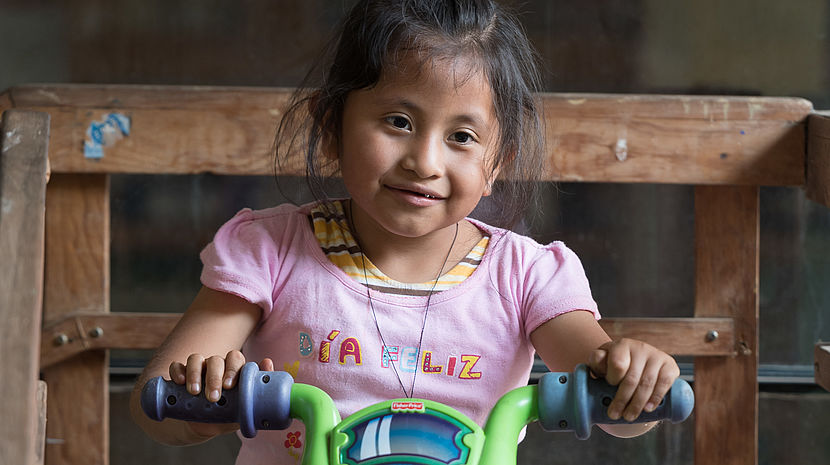CBM’s input into the CRPD review

Alba Gonzalez, EU policy officer with CBM gives an overview of the process that took place to review the EU’s implementation of the CRPD.
This year, one of the main priorities of CBM’s EU Liaison Office has been the review of the European Union (EU) implementation of the Convention on the Rights of Persons with Disabilities (CRPD). CBM works closely with EU institutions and we have a specific interest in how the EU implements Article 11 (Situations of Risk and Humanitarian Emergencies) and Article 32 (International Cooperation), particularly as the EU is the largest donor on Official Development Assistance (ODA) and one of the most influential stakeholders at international level.
Following the obligation to submit an initial report, the EU published its initial report on the implementation of the CRPD in June 2014. Since then, a dialogue between the EU, the Committee Members of the CRPD and Civil Society Organisations (CSOs) was established, especially through the participation of persons with disabilities and their representative organisations. This article gives a brief overview of the review process and the different steps that the CBM EU Liaison Office participated in.
Step 1:
Parallel reports and List of Issues
Organisations of persons with disabilities and CSOs were encouraged to submit parallel reports, with the aim of highlighting the gaps of the EU report. CBM, as member of the International Disability and Development Consortium (IDDC), provided inputs to the parallel report of the European Disability Forum (EDF). In addition, the IDDC submitted an input focused on the EU implementation of Article 11 and Article 32.
During the 13th session, CRPD Committee Members met from 25th March to 17th April. In this session, the CRPD Committee Members identified key aspects of the EU initial report and published a List of Issues (LOI) in which several questions were raised to the EU in order to obtain more information. The IDDC organised a side event on 1st April and also participated in the side event organised by EDF on 2nd April. The objective of both of these events was to raise awareness of the major role of the EU in Humanitarian Aid and International Cooperation. IDDC also emphasised that there is still a need to include the rights of persons with disabilities in mainstream EU policies and programmes.
Step 2:
Reply to the List of Issues
On June 22nd, the EU published its reply to the LOIs and this gave CSOs and DPOs another opportunity to react by submitting answers to the EU’s reply to the LOIs. IDDC provided information to EDF’s answer to the EU List of Issues and it also submitted its own response including information from EU Delegations and DPOs in developing countries, obtained through a survey launched by IDDC and its members.
As final step of the EU review, a Constructive Dialogue between the CRPD Committee Members and a delegation from the EU took place on 27th and 28th August. A day before the Dialogue, the IDDC organised a side event to provide information on how to convert EU External Action policy commitments on including persons with disabilities into actions. The messages raised during this side event were reinforced thanks to the collaboration on another side event organised by EDF.
Step 3:
CRPD committee publishes the Concluding Observations
As a final result of the advocacy work through the EU review on the implementation of the UNCRPD, the Concluding Observations were published on 3 September: recommendations from CRPD Committee Members to the EU in order to improve and support a further implementation. CRPD Committee Members demonstrated their commitment on actions of Humanitarian Aid and International Cooperation from the EU, not only by including these articles on the List of Issues and the Concluding Observation, but also by raising questions and suggestions during the whole process.
The Concluding Observations will be the basis for the advocacy work of CBM EU Liaison Office. We will support the EU to lead on the implementation of a disability-inclusive approach of Sendai framework of Disaster Risk Reductionand the Sustainable Development Goals.
Finally, CBM would like to express its gratitude to all those people who participated in this process. It has been a long road, but the good results obtained in the Concluding Observations offer a unique opportunity to continue advocating for the rights of persons with disabilities all around the world.